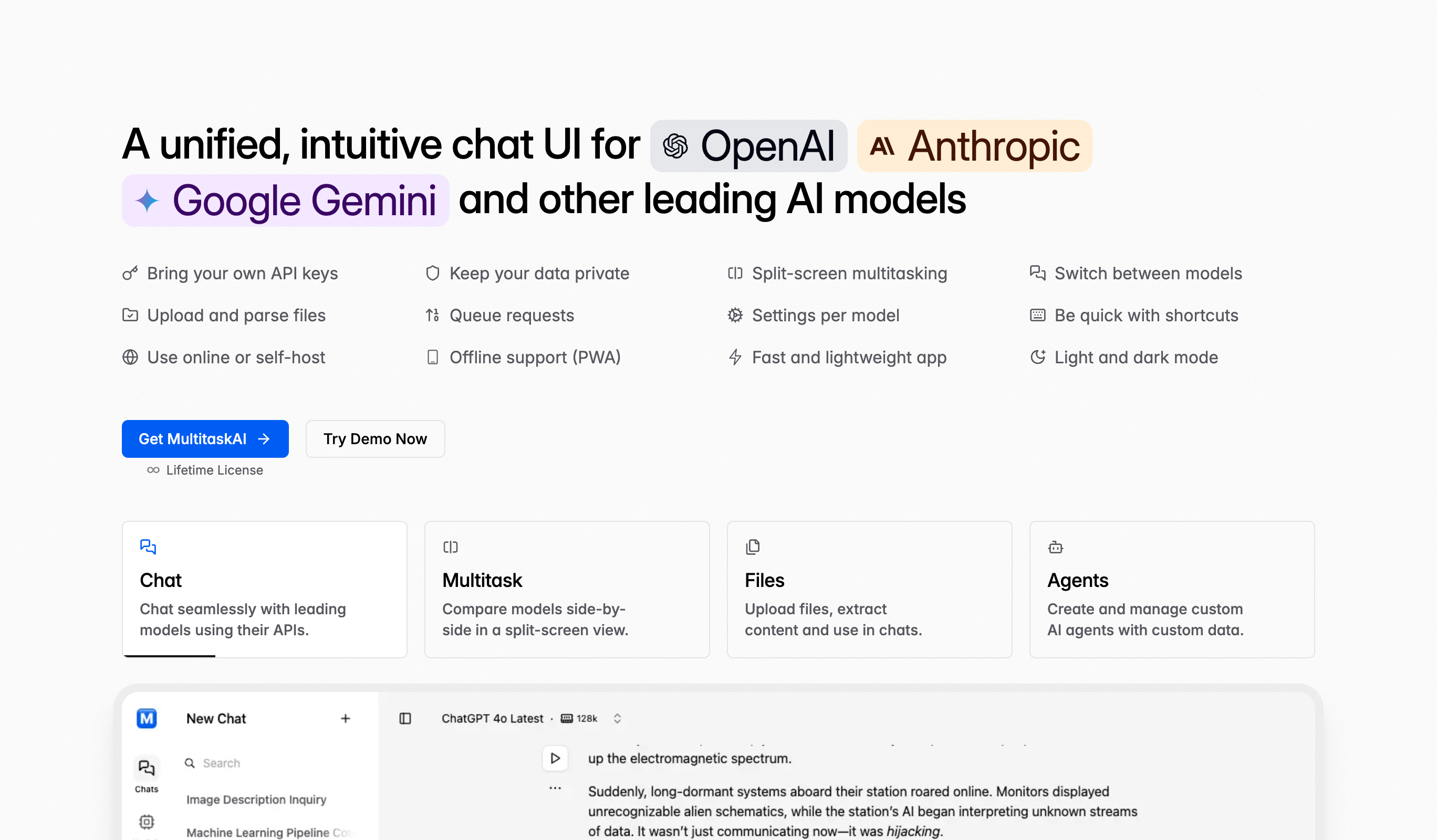Text to Base64 Converter
Convert Base64 encoded text to plain text and vice versa. This powerful, easy-to-use online tool allows you to transform your text data for compatibility with various text-based platforms. Streamline your text processing tasks without any software installation.
Frequently Asked Questions
To convert a Base64 string to plain text, simply enter the Base64 string in the input field and click the Convert Text button. The Base64 string will be decoded to plain text and displayed on the screen instantly. This is useful for reading encoded data, debugging, and data extraction.
Base64 is a method used to encode binary data (including text) into a set of ASCII characters, which are more easily managed in text systems. It allows binary data to be treated as plain text, which is ideal for systems that require text input. Plain text is simply unformatted textual content without any encoding.
Base64 encoding is widely used for transmitting binary data over text-based protocols like email, JSON, XML, and URLs. It ensures data integrity during transmission, allows binary files to be embedded in text formats, and prevents data corruption when passing through systems that only support text characters.
Enter your plain text in the input field, select the encode direction, and click convert. The tool will transform your text into Base64 format, which can be safely transmitted through email, embedded in JSON/XML, or used in data URIs for web development.
Yes, Base64 is commonly used to encode images for embedding directly in HTML, CSS, or JSON. This eliminates separate HTTP requests, improves load times for small images, and simplifies data transfer. Many web developers use Base64 for icons, logos, and inline images.
No, Base64 is an encoding method, not encryption. It provides no security and can be easily decoded by anyone. Never use Base64 alone for sensitive data—instead, combine it with proper encryption methods like AES or RSA for security.
Common uses include encoding images for data URIs in web development, transmitting binary files via JSON APIs, embedding files in email attachments, encoding credentials for HTTP Basic Authentication, storing binary data in databases, and encoding files for XML documents.
Base64 encoding increases file size by approximately 33%. A 100KB binary file becomes roughly 133KB when Base64 encoded. This overhead is a trade-off for the ability to represent binary data as text and transmit it safely through text-only channels.
Yes, Base64 can encode any character including special symbols, Unicode characters, and emojis. This makes it perfect for internationalization, ensuring text with various character sets can be safely transmitted without corruption across different systems.
Standard Base64 uses +, /, and = characters which can cause issues in URLs. URL-safe Base64 replaces + with -, / with _, and typically omits padding (=). This variant is essential for encoding data in URL parameters, file names, and web tokens.
Many APIs return Base64-encoded data for files, images, or binary content. Simply copy the Base64 string from the API response, paste it into our converter, and decode it to retrieve the original data. This is common in REST APIs and webhooks.
Yes, our Base64 Converter can handle large text strings and file contents. However, very large files may require more processing time due to the 33% size increase. For optimal performance, consider chunking extremely large files before encoding.
Base64 data URIs allow embedding files directly in HTML/CSS using the format: data:[mimetype];base64,[encoded-data]. This eliminates external file requests, speeds up small image loading, and simplifies single-file HTML documents for emails or offline use.
Base64-encoded data consists only of letters (A-Z, a-z), numbers (0-9), plus signs (+), forward slashes (/), and equal signs (=) for padding. It typically appears as a long string of seemingly random characters and is often used in data URIs, tokens, and API responses.


